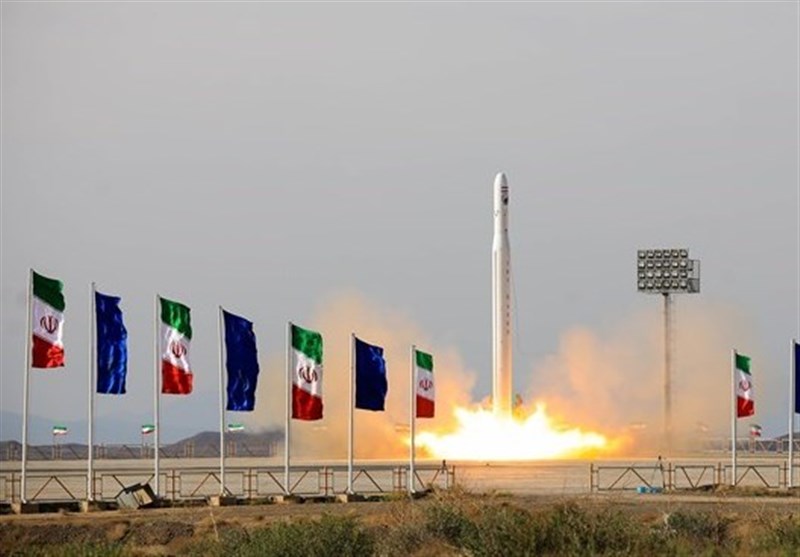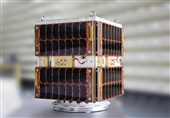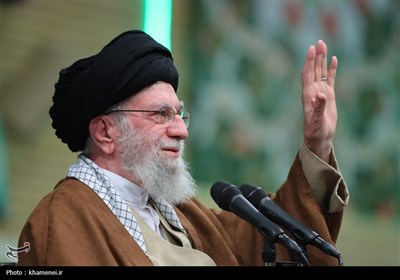Iran Celebrates National Space Technology Day
TEHRAN (Tasnim) – A ceremony was held in Tehran Saturday with the participation of Iran’s President Ebrahim Raisi, Minister of Communications and Information Technology Issa Zarepour and Minister of Defense Brigadier General Mohammad-Reza Ashtiani to celebrate the National Space Technology Day.
The ceremony was also attended by Head of Iran Space Agency (ISA) Hassan Salarieh.
The Supreme Council of the Cultural Revolution launched the domestically-manugfactured “Omid” Satellite into orbit on February 3, 2009, and since then, this day has marked the National Space Technology Day.
Since this administration took office in 2021, 11 homegrown satellites have been launched into space and the number is expected increase by the end of the current Iranian calendar year (March 20, 2025), IRNA reported.
The number of the under-construction satellites, which at the beginning of the current administration stood at 8, reached 12 at the end of the previous year (ended March 20, 2023).
Iran launched the “Soraya” satellite into orbit last month.
The ISA has announced the successful communication of signals from the Soraya satellite to Earth. Weighing 47 kilograms, Soraya falls into the category of lightweight satellites.
The Soraya satellite, launched into a low Earth orbit (LEO) using the three-stage ‘Qaem-100’ satellite launcher, marked a significant achievement by attaining a 750-kilometer orbit and successfully transmitting its inaugural signal to Earth.
It boasts a lifespan exceeding 3 years and, following its orbital upgrade, now resides in a 750-kilometer orbit. The reported GPS positioning accuracy of the satellite is 20 meters.
The “Mahda” research satellite, along with two research cargos, was also successfully sent to space by the homegrown “Simorgh” satellite carrier last month.
The satellite carrier was launched from the Imam Khomeini National Space Center, situated 80 kilometers southeast of Semnan province.
Manufactured by the Ministry of Defense, the Simorgh satellite carrier put Mahda and the two research cargos into an elliptical earth orbit with minimum and maximum altitudes of 450 km and 1,100 km, respectively.






